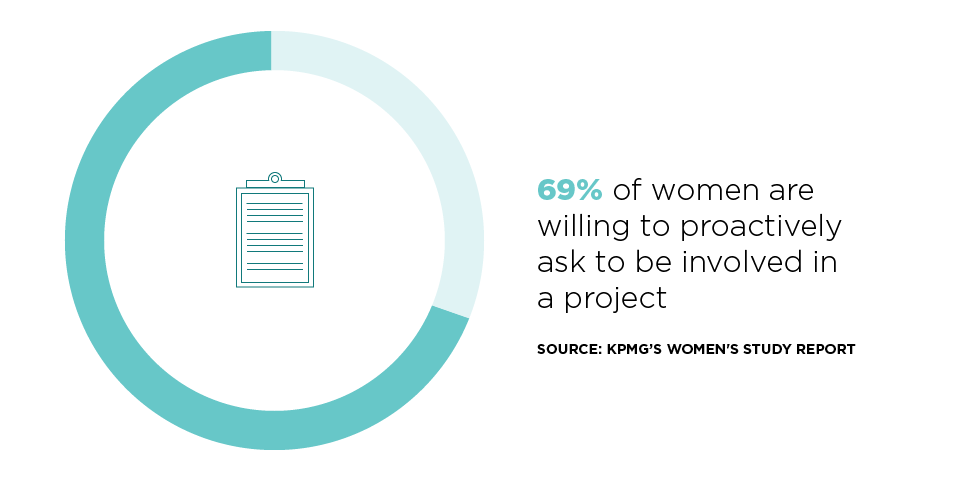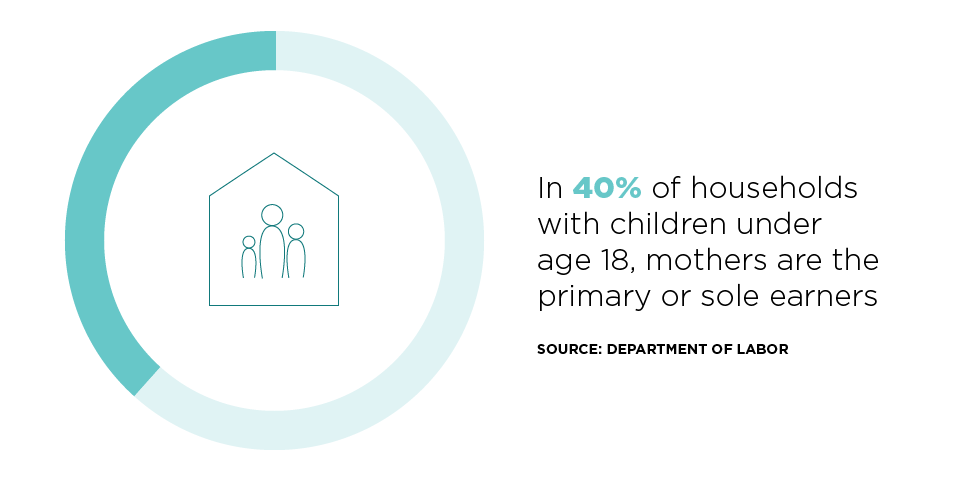
1. Women Want New Challenges At Work
2. Women Absolutely Ask For Raises (More Than Men)
3. Women Represent The Majority of Social Workers
4. Women Continue Working For Their Country
5. Mothers Work + They Work Hard

We know there's still a gender pay gap, that there are still unshattered glass ceilings, and that there is work to be done. Let's take a minute to celebrate the progress we have made—with some hopeful statistics about powerful women in the workplace!



And in this interview, I asked her all about it.

Is being liked at work really that important? Here's why we think the answer might be "not really."

You're sick, so copy and paste these sick day email templates and get back to bed.

Is it (finally) time for vacation? Answer: yes. Here's how I prepared for time off work to make sure my team remained successful.

Your job and your career are important, but it's not everything. Here are five things your career should not be in your life—and what your career absolutely can be.

Just because you quit your toxic job does not mean that it's all over. Here's how to reflect and heal from a toxic work situation.

We're all told to hustle all the time—to the point of burnout. Here's our case for slow work and why working smarter doesn't always mean working harder.

Stay away from that snooze button. Try these tricks to become the morning person you always wanted to be!

What is the prioritization matrix and how does it work? Here's how to hack into this way to get things done by order of importance using the Six Sigma + Eisenhower matrices.